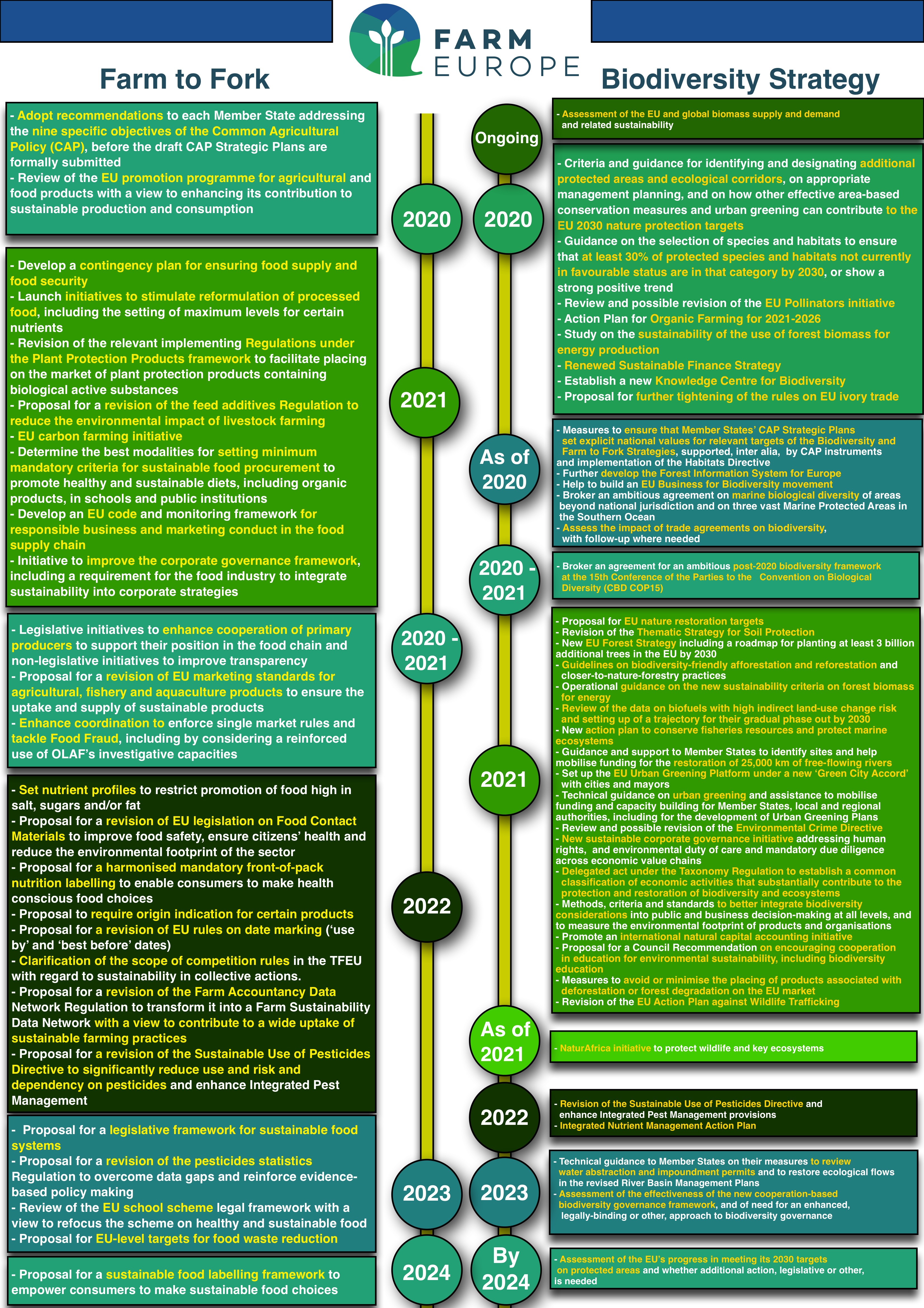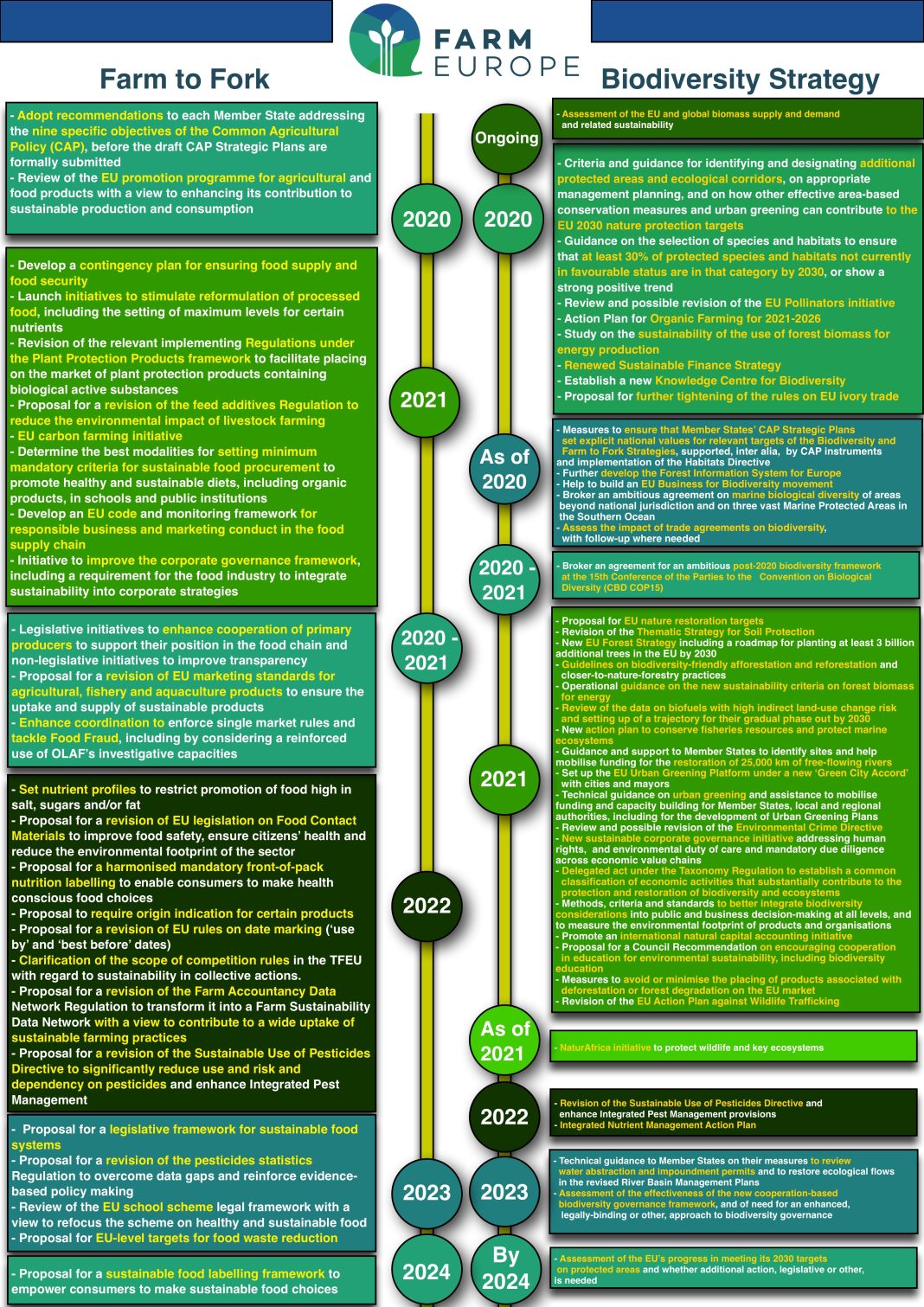 Revised EU Agricultural Rules Address Farmers’ Concerns and Simplify Regulations
Revised EU Agricultural Rules Address Farmers’ Concerns and Simplify Regulations
Introduction:
The European Union (EU) has recently adopted revisions to its agricultural rules in response to mass protests by farmers across Europe. The changes aim to address the concerns raised by farmers and simplify the rules and regulations of the EU’s common agricultural policy (CAP).
Farmers’ Protests and the EU Green Deal:
Farmers’ protests began in the Netherlands in 2019 and spread across Europe this year. The protests were in response to the restrictions imposed by the EU’s Green Deal plan, which seeks to combat climate change and address unfair competition within the EU market. Farmers in several European countries demonstrated against rising costs, unfair competition from non-EU countries, and constraints imposed by EU measures to tackle climate change.
Impact of Environmental Regulations on Farmers:
The strict environmental regulations imposed by the EU increase the costs of farming for European farmers. This makes their agricultural products less competitive compared to those from outside the EU, such as Ukrainian agri-food goods. Ukrainian agricultural production is not subject to the same high standards as the EU, allowing them to sell their products at lower prices in the EU market. The situation was worsened when the EU waived duties on Ukrainian food imports, impacting EU farmers, particularly those in countries bordering Ukraine.
Revisions to EU Agricultural Policy:
The revisions to the EU’s common agricultural policy will amend the policy for the years 2017-2023. Under the new law, smaller farms under 10 hectares will be exempt from controls and penalties for non-compliance with certain EU farming rules. These exemptions will apply to 65 percent of farmers who receive EU subsidies but will only account for 10 percent of EU land. This aims to reduce administrative burdens while allowing the EU to maintain its climate change and environmental goals.
Flexibility for Member States:
Member states will have more flexibility when applying the requirement to keep a ratio of permanent grassland to agricultural area above 5 percent. They will also have the ability to grant farmers exemptions from compliance with certain EU standards in cases of extreme weather. These changes provide more leeway for member states to adapt the regulations to their specific circumstances.
Weakening of Environmental Requirements:
The revised regulations have weakened certain environmental requirements for farmers. For example, the requirement to keep 4 percent of the farm fallow to ensure biodiversity will no longer be a condition for farmers to receive subsidies. Farmers will now have the option to diversify crops instead of employing crop rotation practices. This change aims to provide more flexibility to farmers in managing their land.
Opposition and Support:
The Group of the Greens/European Free Alliance (Greens/EFA) in the European Parliament opposed the weakening of environmental rules for farmers. They argued that these changes would have serious consequences for farmers and food security. Over 140 non-governmental organizations, including Greenpeace, also criticized the EU for relaxing environmental rules in an attempt to gather more votes in the upcoming elections.
On the other hand, Europe’s largest farmers’ association, Copa-Cogeca, expressed support for the revisions to the agricultural policy. They see it as a positive signal addressing farmers’ concerns and urge EU countries to apply the revised rules and simplify regulations further.
Conclusion:
The revisions to the EU’s agricultural rules aim to address farmers’ concerns and simplify regulations to reduce administrative burdens. While these changes have been met with opposition from environmental groups and some politicians, they have received support from farmers’ associations. The revised policy provides more flexibility for member states and exemptions for smaller farms while maintaining the EU’s climate change and environmental goals.


